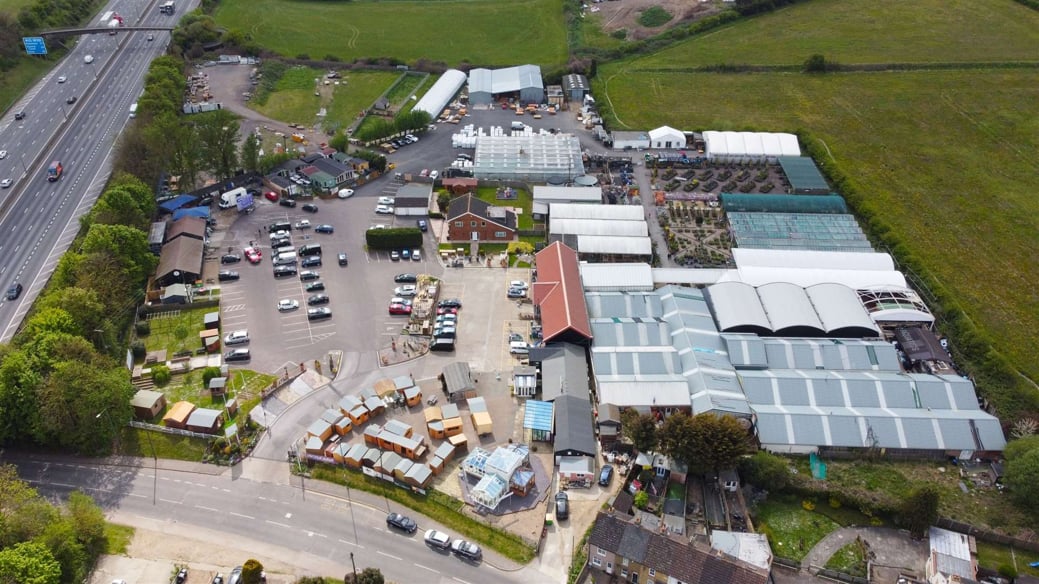Unlocking the Maze of Planning Permission in Dartford’s Sutton-at-Hone and Hawley: A Local’s Guide to Smarter Development in 2025
Hidden between rolling fields and winding country lanes lies Sutton-at-Hone and Hawley — two distinct yet tightly woven Kentish villages that form a vital part of the Dartford Borough’s semi-rural tapestry. While the area retains much of its historic identity, the evolving needs of homeowners and developers mean one thing is certain: planning permission is more than just a formality here — it’s a strategic game of balance between preservation and progress.
In this guide, we unravel the specifics of securing planning permission in these two countryside communities — with tips, traps to avoid, and insights you won’t find on standard portals.
1. What’s Different About Sutton-at-Hone and Hawley?
Unlike more urban zones of Dartford Sutton-at-Hone and Hawley face a unique intersection of planning policy restrictions:
- Tightly defined village envelopes – Extensions and new builds are only favourably reviewed within pre-defined settlement boundaries.
- Green Belt designation – A large portion of both villages sits within the Metropolitan Green Belt, dramatically restricting inappropriate developments.
- Heritage overlays – From St John the Baptist Church in Sutton-at-Hone to the quaint lanes around Hawley’s former paper mills, planners are keen to protect the architectural and historical identity of these places.
- Ecological considerations – Development near River Darent tributaries, flood plains, or wooded margins may require ecological surveys.
So, while planning permission may be achievable, it must be informed, sympathetic, and supported by the right evidence.
2. Common Planning Applications in the Area
Residents of Sutton-at-Hone and Hawley often seek permission for:
- Rear extensions to Victorian or post-war properties,
- Loft conversions or dormer additions under tight ridge height restrictions,
- Garage conversions or outbuildings within curtilage,
- New access driveways requiring changes to rural hedgerows or pavements,
- Replacement dwellings (especially on older or underutilised plots),
- Change of use for agricultural buildings into residential or commercial spaces.
Each of these requires different planning paths — some via full applications, others through permitted development rights, if not removed via Article 4 directions.
3. Navigating the Dartford Borough Council Planning Process
The local authority — Dartford Borough Council (DBC) — administers planning applications for Sutton-at-Hone and Hawley. But the unique geography of these villages means planning officers work closely with Kent County Council, the Environment Agency, and Natural England where necessary.
Here’s a simplified roadmap:
- Pre-Application Advice: Especially useful here due to high refusal rates on speculative applications. DBC offers paid services tailored to sensitive locations.
- Submission: Includes drawings, design & access statements, flood risk assessments (if applicable), and heritage impact assessments.
- Consultation: Local neighbours, parish councils, and ward councillors will be consulted — a crucial phase in tight-knit communities like these.
- Decision: Within 8–12 weeks. Decisions are often influenced by precedent, policy adherence, and visual/heritage impact.
Top Tip: Always check whether your site falls within a conservation area or special character zone. This changes everything — from material choices to roof pitches.
4. Local Pitfalls to Avoid When Applying
Here are less obvious but critical pitfalls you’ll want to dodge:
- Ignoring Neighbour Concerns: Hawley and Sutton-at-Hone have active local voices. A neighbourly objection about light loss or overshadowing can scupper an otherwise solid proposal.
- Underestimating Tree Preservation Orders (TPOs): That lovely oak at the bottom of your garden might be protected — and you could face legal action for unauthorised trimming or removal.
- Poor drainage strategy: Many local sites sit on heavy clay soil or near flood zones. Without a robust surface water drainage plan, your application could stall or be rejected outright.
- Misjudging rural access issues: Narrow lanes such as Devon Road or Ship Lane might need visibility splays or highway upgrades, even for minor developments.
5. The Role of the Parish Councils and Local Plans
Both Sutton-at-Hone Parish Council and Hawley’s Neighbourhood Forum actively monitor planning proposals and comment on all applications — often from a community perspective rather than a technical one. Their feedback can influence planning officers, especially in tight-margin decisions.
Moreover, the Dartford Local Plan 2022-2037 includes specific aims for village preservation, limiting unsustainable sprawl, and promoting sympathetic infill rather than radical transformation.
6. When to Consider a Planning Consultant or Architect
Given the sensitive planning environment in this part of Dartford, working with a local planning consultant or architect with experience in Kent’s rural design codes is not just helpful — it can be the difference between approval and refusal.
Professionals can assist with:
- Navigating appeals,
- Responding to conservation officer objections,
- Designing compliant buildings with local materials (e.g., flint, clay tiles, timber cladding),
- And preparing full packages for outline or detailed applications.
7. Sustainable Development and the Future of Planning Here
There’s a growing push in Dartford’s rural settlements for eco-conscious development:
- Ground-source heat pumps and solar panels (subject to visual impact),
- Wildlife corridors and bat-friendly design in roof spaces,
- Low-impact materials and passive house standards.
While Sutton-at-Hone and Hawley resist aggressive urbanisation, there is room for smart, eco-friendly homes that enhance rather than dilute the village character.
Conclusion: Planning Permission in Sutton-at-Hone and Hawley – A Balancing Act
Getting planning permission in Sutton-at-Hone and Hawley isn’t about ticking boxes — it’s about reading the landscape, listening to the past, and shaping a future that respects both. From green belt boundaries to heritage roots, this part of Dartford requires a thoughtful, informed, and local-first approach to development.
Whether you’re planning a modest extension or a bold new dwelling, understanding the village-specific policies, constraints, and culture is your strongest tool. With the right guidance, your project can become not just possible — but positively welcomed.



No responses yet